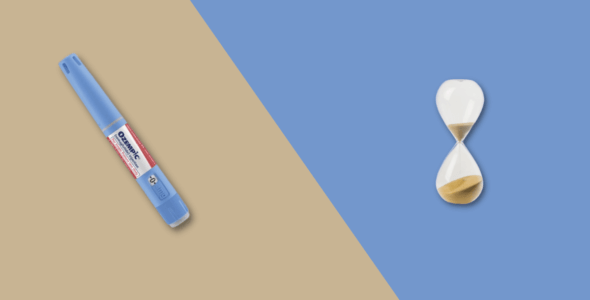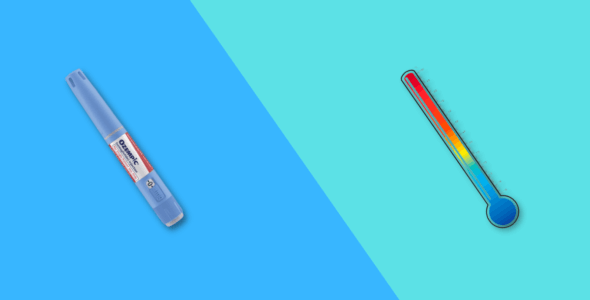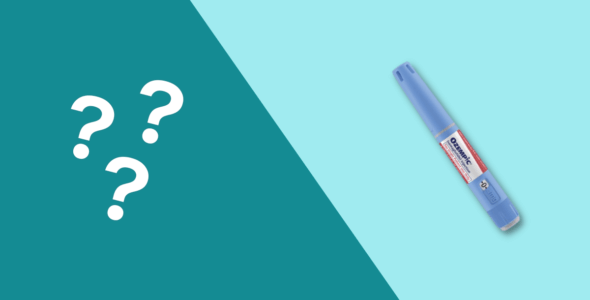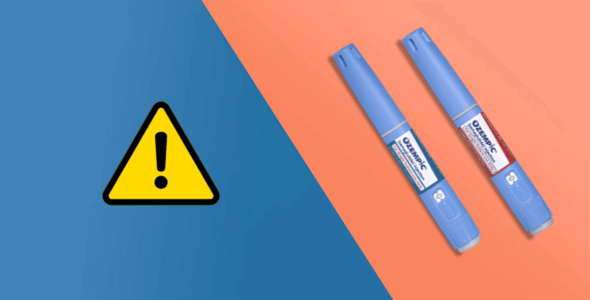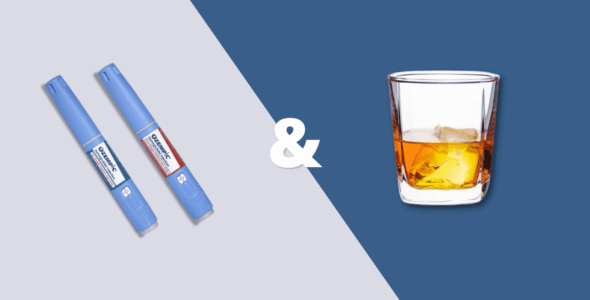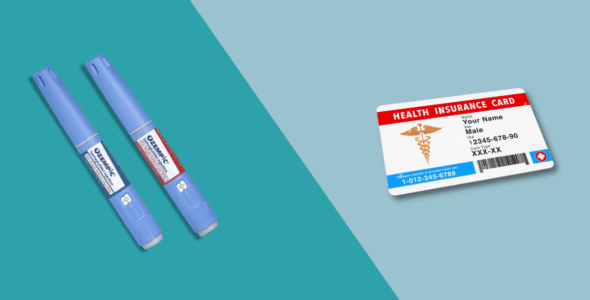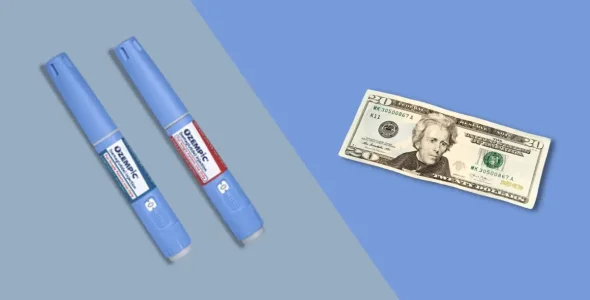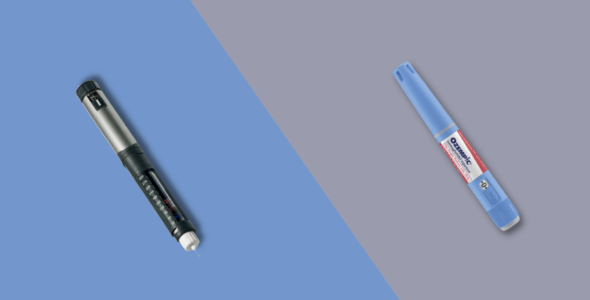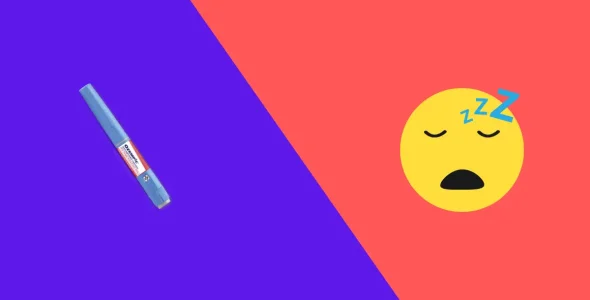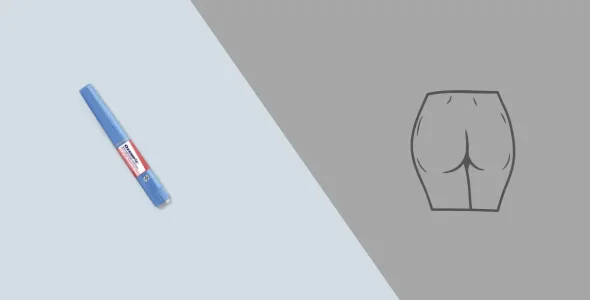What is “Ozempic face” and how can you avoid it?
Key highlights
- Long-term use of Ozempic leads to body weight loss, including to the face.
- The immediate loss of fat from the face may result in “Ozempic face.” It refers to changes in the facial appearance including a leaner face, sunken eyes, and wrinkles around the mouth and eyes, potentially resulting in sagging and aging of the facial skin.
- You can prevent Ozempic face by staying hydrated, changing the medication or dose (after consulting your doctor), facial exercises, taking a balanced diet, and using appropriate skincare products.
- A healthcare provider may recommend lifestyle modifications or facial fillers to treat facial and skin side effects.
Novo Nordisk’s Ozempic (semaglutide) is a GLP-1 agonist approved for type 2 diabetes management. Besides lowering blood glucose levels, this subcutaneous injection is often prescribed off-label for weight loss. Users have reported facial changes on using the drug continuously. These changes in facial appearance are collectively known as Ozempic face.
We’ve explained everything in this article about this possible effect after long-term Ozempic use along with ways to prevent Ozempic face. You’ll also learn other side effects of Ozempic and when to see your doctor while taking Ozempic.
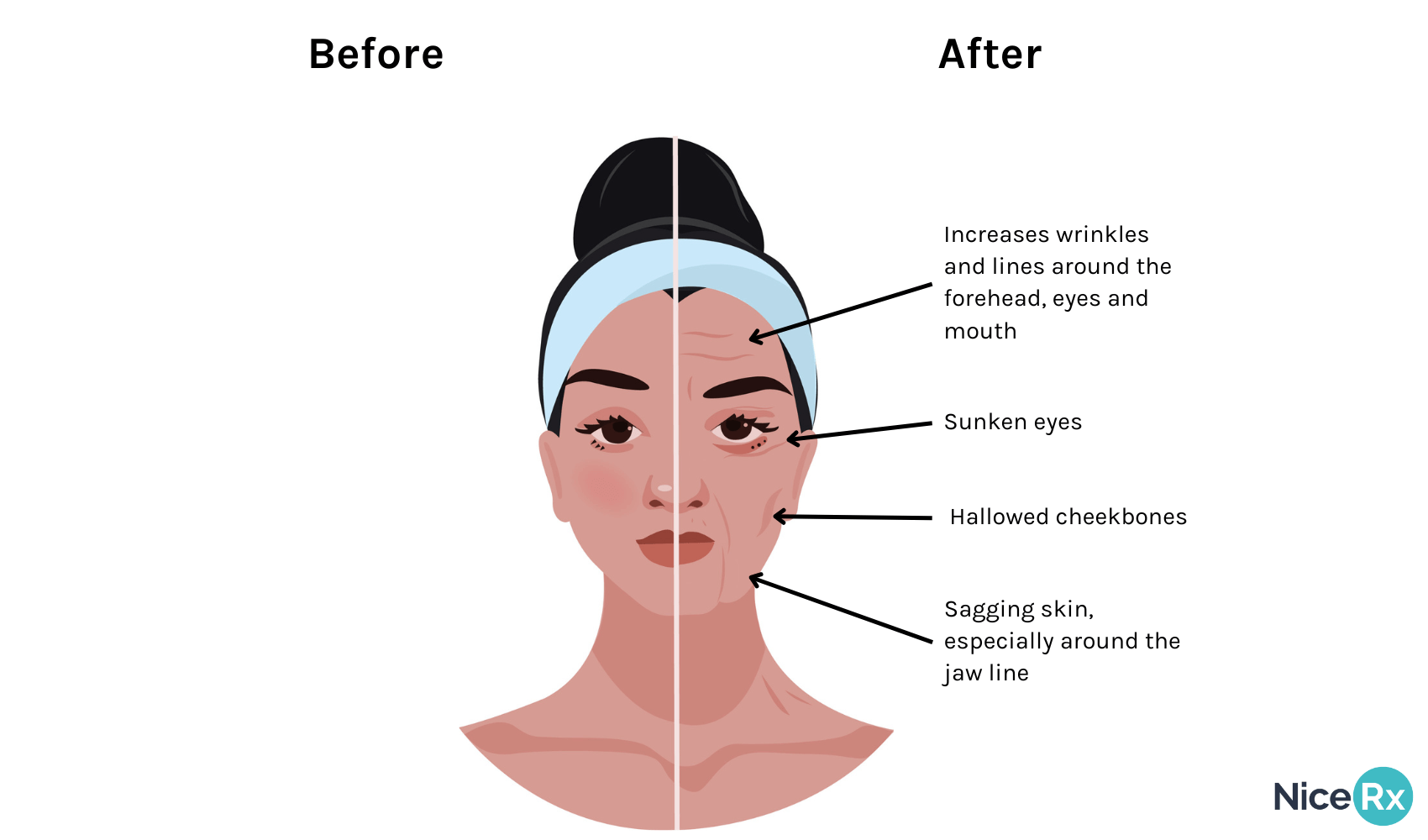
What is “Ozempic face”?
Whether you use Ozempic for type 2 diabetes or weight management, the drug eventually causes weight loss. As a result of facial fat loss, you might see visible changes in the appearance of your face when using Ozempic (semaglutide). These changes are collectively referred to as the “Ozempic face.”
Dr. Paul Jarrod Frank, a cosmetic dermatologist, coined the term to explain the effects of rapid weight loss by Ozempic on facial appearance. Ozempic face is not a medical term but is widely used to describe the changes in the face resulting from Ozempic use. Dr. Frank mentioned that “Ozempic face” is more common in middle-aged and older people taking the drug.
Some people also experience “Ozempic body” as the drug does not cause weight loss in the face only. Thus, loss of fat from the back, breasts, belly, upper arm, legs, and butts results in sagging skin.
People taking Mounjaro (tirzepatide), FDA-approved for type 2 diabetes, or Wegovy (semaglutide) for treating obesity may also have these effects because of a similar mechanism of action.
What does Ozempic face look like?
Loose skin is the most prominent effect of Ozempic and other GLP-1 medications on the face when you lose a lot of weight. Patients with Ozempic face may experience the following facial changes:
- A saggy, hollowed look
- Leaner cheeks and chin
- Wrinkles around eyes and mouth
- Sunken eyes or dark circles under the eyes
- Change in the size of the lips
- Jowls around the neck
Microneedling, dermal fillers, fat transfer, facial fillers, facelifts, and PRP injections are popular treatment options for Ozempic face. Patients with drastic changes in their facial appearance sometimes also opt for plastic surgery.
How does Ozempic affect your face?
Before Wegovy and Zepbound were approved by the Food and Drug Administration for weight loss, Ozempic was among the top weight loss drugs and commonly prescribed off-label for weight loss. The drug has shown noteworthy results in weight management, but the side effects cannot be ignored.
The sagging of the facial skin because of weight loss not only leads to a thinner face with sunken eyes, but may also cause wrinkles around the eyes, mouth, temples, and jawline. Eventually, you might observe that your face looks aged in a short period. Dr. Frank also called it “global facial wasting.”
However, it’s important to understand that Ozempic face is not a side effect of the medication itself but results from the rapid fat loss from the face.
Does Ozempic change your face?
Weight loss by using Ozempic can lead to prominent changes in facial appearance. The loss of facial fat removes the cushioning in your face which gives it a smooth and youthful feel. Thus, you might feel that your facial skin has aged faster since you started using Ozempic.
What causes Ozempic face?
The active ingredient of Ozempic is semaglutide, which belongs to a class of medications known as glucagon-like peptide-1 (GLP-1) receptor agonists. It mimics the GLP-1 hormone that signals the body to produce more insulin, which lowers blood glucose (sugar). It also delays stomach emptying, reduces appetite, and encourages weight loss in obesity.
When using GLP-1 agonists for weight management, the effects of sudden weight loss appear throughout the body but are more prominent on the face. The impact of Ozempic on your face may depend on your age, the amount of weight lost, and how quickly you lose face fat.
Facial fat serves a protective function and affects facial elasticity and aesthetics. Weight loss may cause dermatological changes because the fat that cushions and stretches the skin no longer exists.
The facial skin can also lose its ability to retract after rapid weight loss due to reduced levels of collagen and elastin which are essential for structural integrity of the face.
Other side effects of Ozempic
The most common side effects of Ozempic are:
- Nausea
- Diarrhea
- Stomach (abdominal) pain
- Vomiting
Using the medication for a long time may also have serious side effects:
- Inflammation of your pancreas (pancreatitis)
- Changes in vision
- Low blood sugar (hypoglycemia)
- Kidney problems (kidney failure)
- Serious allergic reactions (severe rash or itching, fainting or feeling dizzy, swelling of your face, lips, tongue, or throat, problems breathing or swallowing, or very rapid heartbeat)
- Gallbladder disease
- Pancreatitis
Ozempic also comes with a boxed warning for thyroid tumors, as they have been reported in rodents during animal studies. Thus, it is not recommended for patients with, or with a family history of:
- Medullary thyroid cancer (MTC)
- Multiple endocrine neoplasia type 2 (MEN2)
How to prevent Ozempic face
Though Ozempic face is a common side effect of this type 2 diabetes drug, the good news is that not everyone experiences it. Taking a few precautions while using the medication can help you prevent or reduce the facial side effects. It’s best to share your concerns with your doctor as they might recommend one or more of the following.
- Stay hydrated: Staying hydrated helps improve skin’s elasticity and it might be able to better adapt to the facial changes when losing weight. Drink one to two liters of water every day to ensure hydration.
- Change or stop the drug: Your healthcare provider might stop the medication or shift you to a different drug. People have also reported gaining weight after stopping the use of once-weekly semaglutide and lifestyle changes. However, it’s critical to consider your doctor’s medical advice.
- Adjusting the dose: Unless you require a high dose to manage your health condition, your doctor might reduce the dose to subside these effects by slowing the rate of weight loss.
- Eat healthy meals: GLP-1 agonists like Novo Nordisk’s Ozempic reduce your appetite to promote weight loss. However, maintaining a balanced diet with sufficient nutrition provides your body with important nutrients essential for skin health. Add more protein to your diet and avoid carbs and fats for effective weight loss. Protein helps to build and maintain muscle, and eating enough protein will help you not lose muscle while losing fat.
- Take supplements: If you cannot eat too much because of the medication, take suitable supplements. Always consult your healthcare provider before taking any supplement.
- Exercise: Facial exercise helps tone the skin and improves blood flow, making your skin firmer. While there is no direct evidence that exercise can result in tightening of the skin itself, it can tone the muscles under the skin for a leaner appearance.
- Use skincare products: Skincare products like sunscreen and tretinoin can reduce wrinkles and fine lines, reducing the signs of aging when taking Ozempic. Adding sunscreen to your skincare routine can also help maintain healthy skin while using weight loss drugs.
- Dermal fillers: Dr. Paul Jarrod Frank recommends using dermal fillers to treat Ozempic face, but it’s costly. Patients can spend up to $5,000 and up to reflate the face, and for patients over 50 years old, replacement of volume is not enough and facial plastic surgery may be needed.
When to see a doctor
Although most side effects of GLP-1 medications are not that serious, some side effects and adverse effects of Ozempic may require immediate medical attention, including:
- Severe vomiting and diarrhea
- Severe abdominal pain
- Constipation
- Serious allergic reaction (swelling on face, breathing issues, severe rash, or rapid heartbeat)
- Jaundice
You must also inform your healthcare provider of your GLP-1 use when undergoing a procedure that requires general anesthesia. As it increases the food’s transit time in the stomach, it might interfere with the anesthesia if your stomach is not empty.
Bottom line
Ozempic (semaglutide) is a GLP-1 agonist, widely prescribed to patients with type 2 diabetes to lower blood sugar levels. It is also used as an off-label weight loss medication. People using Ozempic report various side effects including nausea, vomiting, diarrhea, and constipation.
Ozempic face is another common occurrence among people taking the drug for weight loss or diabetes management. Though it’s not a medical term or a side effect of the medication, it refers to changes in the facial appearance because of sudden fat loss.
A sleek face, sunken eyes, and wrinkles around the eyes and mouth are collectively known as the “Ozempic face.” When using Ozempic, you can prevent this by staying hydrated, asking your doctor to reduce the dose or change the medication, using skincare products or dermal fillers, eating healthier, and exercising to tone facial muscles.


